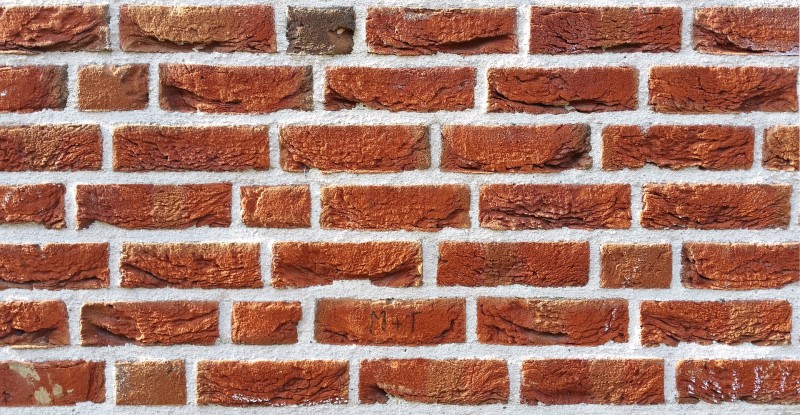What is an AV Receiver Subwoofer Crossover and How Does it Work?
If you read anything about subwoofers, you’ll come across instructions about crossovers. In general, the advice is to set your crossover at 80Hz and walk away. And that usually is good advice. But rather than just give you a setting, we thought we’d talk about exactly what the subwoofer crossover is in your AV receiver, what it does, and how it works. All without using too much math.
Crossovers in Short
There are many different crossovers in your AV system. Within your speakers, there are crossovers to allow the tweeter to play the highest frequencies and the other drivers to play the lower frequencies. We’ve explained this before. The way that crossovers work is that they separate the frequencies so that some are going to one speaker or driver or group of drivers, and the rest are going elsewhere. When the crossover lets high frequencies through, we call this a high-pass filter. When it is allowing the lower frequencies through, it is called a low-pass filter.

Crossovers are not Brick Walls
You would be tempted to think that crossovers are like brick walls. If you were to set one at 80Hz (as is recommended for subwoofers), the AV receiver would send all the sounds above 80Hz to the speakers and everything below to the subwoofer. This begs the question: Who plays 80Hz?

That isn’t how it works. Crossovers have a slope. In an AV receiver, the subwoofer crossover setting has two slopes. When you set the crossover point, you are setting where the speakers and subwoofer(s) are both playing at the same time. This is the point where the speakers start to stop playing the bass and the subwoofer starts. It is also where the subwoofer stops playing the sound and the speakers kick in. How does that work? Check out this graph from miniDSP.

Crossover Slopes Explained
The graph above shows a 24dB crossover slope set at 80Hz. The green line is the sounds played by the speakers, the orange is the sound played by the subwoofer. When you set your subwoofer crossover in your AV receiver, it looks a little different, but this is close enough for now.
At 80Hz, you can see that both the speakers and the subwoofer are playing quieter than the rest of the line. That is because they are both playing at the same time. Having the speakers and the subwoofer playing simultaneously increases the volume in the room. If they are co-located, that is about a 6dB boost. If they are farther away, it will be closer to 3dB. In this graph, their individual outputs are both down 6dB. Together, the sound inside the room (if you were to play a sweep across these frequencies) would all line up at 0 on the graph.
On either side of 80Hz, the output of subwoofer and speaker drops off quickly. This is a 24dB crossover slope meaning that the volume of the sound decreases by 24dB each octave. What is an octave on this graph? It is a multiple of 2 of the crossover setting. With an 80Hz crossover, the speakers will be 24dB quieter at 40Hz (half 80Hz) and the subwoofer will be down 24dB at 160 Hz (twice 80Hz). If you look at the graph, at -24dB (Y-axis) this is true.
Author’s Note: This isn’t exactly how it works in your AV receiver. Because manufacturers assume that most speakers will normally roll-off below 80Hz, the speaker crossover has a 12dB slope while the subwoofer has the 24dB slope pictured. With the natural roll-off of the speakers, you should end up with about a 24dB slope for the speakers. Any inaccuracies in the crossover should be easily remedied by your room correction program.
The Crossover Knob on Your Subwoofer is Evil!
We’ve talked a lot about the crossover setting in your AV receiver, but what about that crossover knob on the back of your subwoofer? If you are setting the crossover to 80Hz, should that knob also be set to 80Hz?
Absolutely not!
The crossover knob on the subwoofer should always be set to either “bypass” or the very highest setting. If you were to set the AV receiver crossover and the subwoofer knob to 80Hz, you have not one, but two crossovers happening at the same time! Now you have not a 24dB slope, but a 48dB slope! We call this a cascading crossover. It will make your subwoofer play much softer above and at the crossover point than it should. Instead, set it to bypass or turn it up as high as possible. This effectively turns it off and lets the receiver control the crossover.
The only time you should use the crossover knob on the subwoofer is if you aren’t using an AV receiver or you are using another piece of gear that doesn’t do a crossover. In these cases, the speakers would likely be connected directly to the subwoofer so that the sub would apply the crossover.
Best Crossover Setting for Your Speakers
Now that we understand how the AV receiver applies the subwoofer crossover, it is easier to understand why 80Hz is the most suggested setting. Most speakers, even bookshelf speakers, can hit 80Hz easily. Most will be able to dig a little deeper. And that’s a good thing! Your speakers don’t stop playing at 80Hz. They having meaningful output at least down to 60Hz.
When you read your speaker’s specifications, you may see -3dB point way down at 60Hz or even lower. You may be tempted to set your crossover at those points so that you can take full advantage of all the sound your speakers can provide. But remember that they still need to play lower than the crossover point.
The best thing to do is to set your crossover and then run sweeps through your system. As you reach that crossover point, listen for any volume decreases. If you hear it get quiet near the crossover you’ve set in your AV receiver, you likely need to raise the crossover setting! This is one of the times you can absolutely trust your ears! Sure, you could grab a microphone and REW, but your ears are good enough. If you don’t hear a dramatic drop in volume, you should be good to go.


